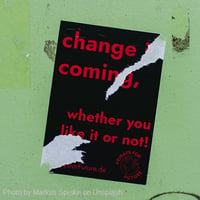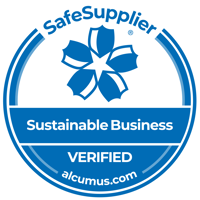After a last hurrah of summer, the season of change is upon us here in the UK and the unsettled...
Migrating software from legacy systems
There are many so-called “legacy” systems (such as AS/400) currently in operation throughout the country and indeed the world. They address a particular business function(s) extremely well and, if the nature of that business function has not fundamentally changed over time (e.g. insurance, accounting), then it is very hard to justify the need to change to a more modern (looking) system. Change for the sake of upgrading from what is perceived to be an “antiquated server” to a server with a modern GUI (usually web browser based) interface is, in terms of effort, cost and time, a luxury the business benefit of which is very difficult to quantify.

Is there greater functionality, is it easier to use, to deploy, is it more secure, is it faster – the basic functionality may not need to change so there are many questions such as these that may be included in any cost justification analysis. Moving from what some perceive to be a legacy server for the sake of it is not really a viable reason and certainly won’t pass a cost justification test.
The whole process can also take so much longer than people think, particularly with an ERP system. We have customers that seem to have been going through this process for well over 5 years now! In fact the majority of ERP implementations fail and all cost much more than originally projected. Those that do go live take about 5-7 years longer than the original 1- 2 year plan and many still longer.
The problem is that the new management that decided to “upgrade” the legacy system to a more “modern” application are unaware of critical factors that have little to do with the external presentation of GUI screens. One of the main problems is that the evaluation to select a new system did not include an in-depth assessment of functionality and business logic compared to the current application. When an application has been functioning successfully for many years there will be many changes to the original software as it is adapted to suit the unique environment within which it operates. Those who decide to switch out the applications are unaware that the current system has probably evolved over 2-3 decades and includes nuances and custom features tailored for the business. Worse yet, they may not understand the business. The migration team inevitably do not have the critical expertise and company knowledge and consequently, key information and processes are omitted.
What Is the Solution?
There is no simple solution when migrating software. Nor was there a simple solution 10-30 years ago when the ERP software was first implemented. All software implementations are challenging. Those that are successful have team members that understand the business, go to great lengths to understand what they have and what they are getting, and set realistic goals to implement the software with the help of knowledgeable teammates.
If the mindset is that “this legacy system is out of date because it does not have GUI.” Then the chances are it is more likely to fail and cannot realistically be cost justified.
But there’s always politics!!

Mike Coulthard, Managing Director. May 2021
#PacSolUK #ECM #EnterpriseContentManagement #DocumentManagement #legacyplatform #platformmigration #OS400 #iSeries #IBMi #WindowsServer
*Look out for a follow up article in the coming months where we will discuss how to modernise IBMi (AS/400) applications without the expense and disruption of migration.



